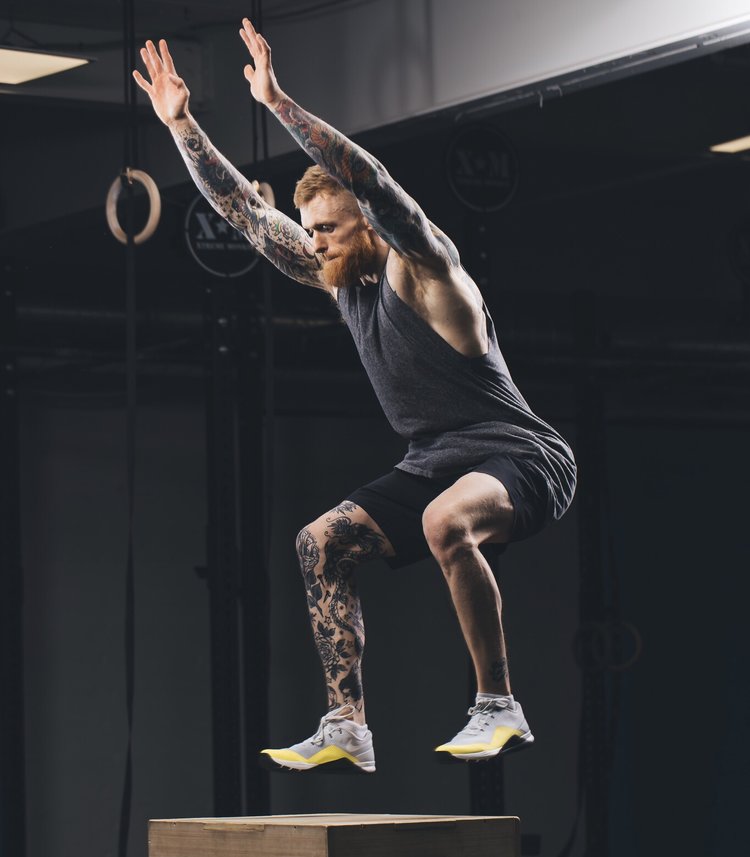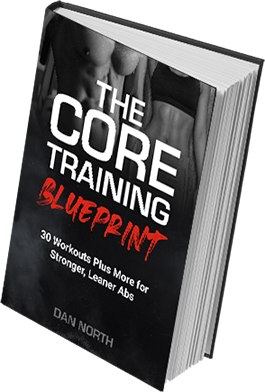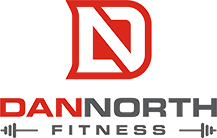You can’t just squat and expect to start slapping plates onto the barbell without doing any accessory work. Accessory exercises are movements used to strengthen and develop the supportive muscle groups used in big lifts like squats, deadlifts and presses. Think of these exercises as fine tuning tools for your body so you can lift bigger in the main lifts.
If you do anything repetitively for an extended period of time with little to no variation of movement or intensity, your body will begin to break down and your strength levels will either plateau or regress. This can eventually lead to injuries, imbalances, and/or improper motor patterns.
The key to getting stronger in any lift (whether it’s the squat, snatch, deadlift, overhead press, etc) is to implement variety of exercise selection into your routine. Don’t just do the same shit over and over and expect a different result. That’s insanity, right?
If you want to get stronger, take a look at which muscle groups are used in the main lifts (squats, presses, pulls, etc) and start attacking them in new and challenging ways.
The main muscle groups used in the squat are:
- Quads
- Hamstrings
- Glutes
- Lumbar (lower back)
Some of my favourite back squat accessory exercises I use for myself and my clients are:
BOX JUMP
Box jumps are highly effective for a few reasons. They can serve as a great warm up tool to prepare your body and CNS for heavy squats. They can also be used to improve conditioning and overall athletic performance.
FRONT SQUAT
The back squat focuses predominantly on the posterior chain for overall support, which includes the hamstrings, glutes, and lumbar muscles. The front squat requires more work from your quads, due to the front rack loading. Developing your quad strength is crucial to getting a stronger back squat. When you perform a back squat, the bottom position is predominantly glutes, followed by hamstring/lower back support, finished by quad strength through the sticking point. If you find you are explosive during the initial drive up in the squat, but lack strength during the lockout, start front squatting and get those quads up to par with your glutes and hams.
BOX SQUAT
Box squats have a different use than front squats in that they help develop your bottom position power with heavy focus on glute and hamstring activation. You can perform the box squat in a variety of ways. The two most common are the ‘touch and go’ and ‘fully seated’ approach. In the touch and go, you are basically using the box as a depth indicator. This causes constant tension in the quads. The fully seated method is when the lifter sits back, ‘releases the hips’, and drives up from a fully seated position. This puts more emphasis on the hamstrings and glutes and will help you get stronger out of the hole.
GOOD MORNING
Extension work for your lower back and posterior chain is crucial not only for strength development, but overall health and performance. The good morning is one of those movements that put a ton of demand on the body and as a result, can be very dangerous when performed incorrectly. I would recommend getting a coach or trainer to show you how to do good mornings properly to avoid injury and ensure you’re getting the most out of movement.
SEATED GOOD MORNING
The seated good morning is as demanding as the standing variation with even more emphasis put directly on the lower back muscle groups. Think of this as a more isolated approach for the lumbar muscles.
ROMANIAN DEADLIFT
Romanian deadlifts and other hinging exercises are an integral part to any strength program. Since the back squat requires so much support from the lower back, it only makes sense to strengthen this area of the body however way we can. The Romanian deadlift has direct benefits on the hamstrings and lower back and can be performed in a variety of ways. Use bands, elevation, chains, isometric holds, eccentric loading, and more to get the most out of this exercise.
PAUSED BACK SQUAT
Using pauses in your squats will help you develop power out of the bottom position of the squat, while helping improve your positioning and overall motor patterns. It’s hard to cheat pause squats. You have to really focus on your positioning and ensure you hit optimal depth in order to get the most out of this exercise.





